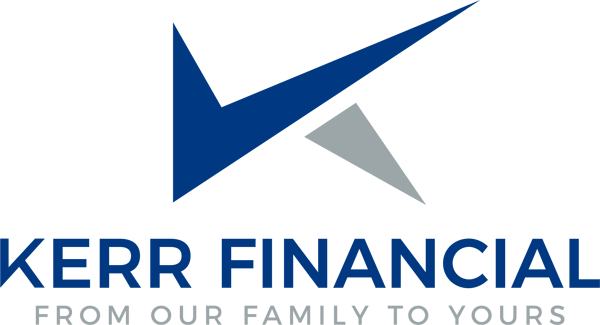As summer nears to an end, are you ready for back to school? If you have children who are heading off to university or college, making withdrawals from your RESP for the first time may be challenging. When you opened an RESP to save for their education, you benefited from deferred taxes on the income earned, and received government grants for your contributions. Now that you are ready to use the funds, there are rules in place to ensure the income earned and grants received are taxed in the students’ hands.
Here’s how it works. When you make withdrawals from your RESP for qualifying post-secondary education programs, the amounts received are generally divided into two payments.
- Post-Secondary Education Payments (PSE’s) are withdrawals from the contributions made into your RESP. These are tax free and there are generally no restrictions on the amounts that can be withdrawn.
- Educational Assistance Payments (EAP’s) are withdrawals used by the student to finance the cost of qualified post-secondaryeducation. These payments come from a combination of the education savings grants (both federal and provincial) received and accumulated income earned in the RESP. Because the income and grants have not yet been taxed, the amounts withdrawn will be taxable in the student’s hand.
If you are making a withdrawal for the first time, in most cases you can advise your financial institution on how you’d like the withdrawal to be paid out; as either a PSE or as an EAP. If you have a Group RESP there may be additional restrictions regarding your withdrawals and you should contact the administrator for more information.
By managing whether payments are either an EAP or a PSE, you can ensure the student pays little or no income tax on RESP withdrawals. Often students will have enough tuition and education tax credits as well as a low income so that they will pay little or no income tax. With a Family Plan RESP you should also confirm that the grant amount paid out as part of the EAP does not exceed the $7,200 maximum payable per individual, or risk paying back the CESG’s on the amount paid out on the difference. Ask your Financial Institution to confirm the amount of CESG included in your EAP withdrawal.
In addition, in the first year of study, you can only withdraw a maximum of $5,000 in EAPs for the first13 consecutiveweeks. There are no restrictions on the amount of PSE’s that can be withdrawn, and after the 13 week period, there is generally no maximum amount that can be withdrawn as an EAP as long as the student has been in full time studies within the past 12 months.
As you get ready for back to school, don’t hesitate to ask questions at your Financial Institution ahead of making your withdrawal or consult with your Financial Advisor.
Related Articles
Blog, Estate Settlement & Administration, Investment Management, Personal Financial Planning
Accounting Services, Kerr Family Office, Kerr Fundamentals, Kerr Integrated, Personal Financial Planning
Accounting Services, Investment Management, Personal Financial Planning, Personal Tax Services





